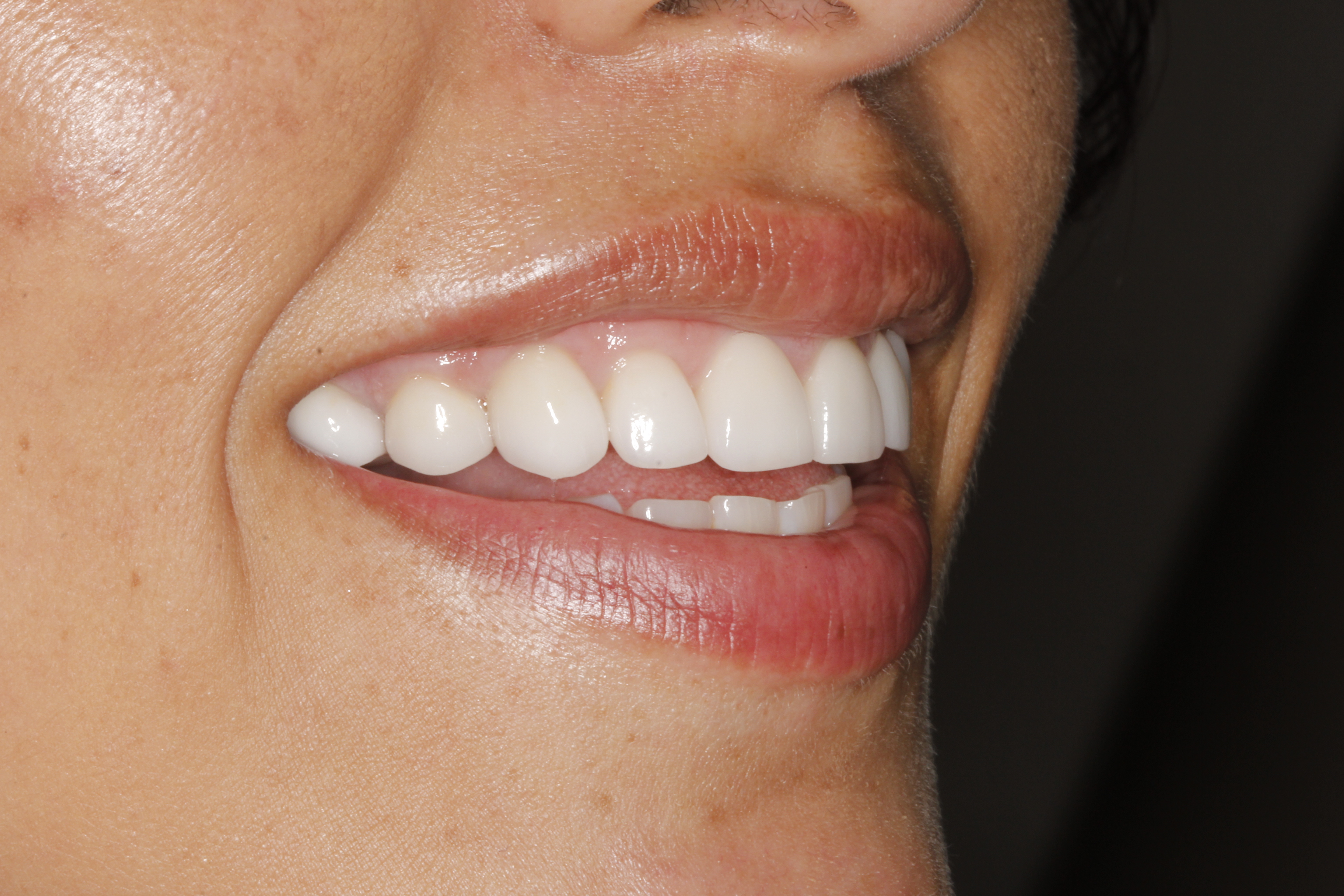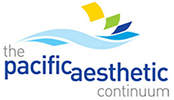
Dr. Todd Franklin
As you are reading this we are coming off two great programs, Chicago and Denver! We are now ready to head into the summer months, get out of the office and go on vacation. I was instructed to write something that would profoundly help all of our PAC members. So here it is! Photography! I know we have talked about this in the past in regards to treatment planning, case presentation, office marketing, quality control, and laboratory communication. The list goes on and on. As we prepared for all of our spring PAC programs we still saw challenges that many of the offices were having. Here’s my summer challenge for you! Let’s commit to having the best equipment that fits into your office budget and then putting into practice the techniques and tips I’m about to show so that when the fall comes around you are prepared to provide your very best.

Figure 1
Let’s briefly talk about the equipment. All of us should be using a Digital Single Lens Reflex (DSLR) camera. You don’t need all the bells and whistles and can use the basic camera bodies from Nikon, Canon, Sony etc. You can even pick these up at your local Costco. What you’ll want to spend a bit more on is the Macro lens and a ring flash (Fig. 1). Again, all makes have corresponding lens and flash options. A good source to get info from is Norman Camera and Photomed. I’m sure there are countless other sites and local vendors you can go to. Beyond that you’ll need some good retractors, a contraster and mouth mirrors (Fig. 2). Now you have your equipment!

Figure 2
Let’s begin to talk about what photographs you’ll need to take. If you are a doctor and don’t feel comfortable taking photos then find someone in your office who enjoys it and get them the training they need. One great resource to use is the Photography Guide from the American Academy of Cosmetic Dentistry (AACD) (Fig. 3). It has all the photo guidelines you will need. These series of photos are quick and give you all the information you need to treatment plan and present cases and options to patients.
Now comes the easy part. Many of us will look at a DSLR and immediately feel intimidated by what the camera can do. Fortunately for what we need in dentistry we can narrow the options down to just a few simple settings. I would recommend that these settings be written on a piece of tape and placed on the camera so that anyone who takes pictures can easily remember what settings to use. There are two settings we use and these are both used when the camera is set in the M (manual) mode. This allows us to change the shutter speed and the f/stop. The shutter speed is usually set between 125 and 200. Once you have determined your ideal exposure you will never have to change the shutter speed. Now the only setting to change is the f/stop. For full face shots you don’t need a large depth of field but you need more light so turn your f/stop to f/8, frame your subject and take the picture. Now as we turn to taking the intraoral shots we are going to need a greater depth of field and will turn the f/stop to as high as the camera will allow, usually f/32. Using the AACD guide you will frame your shot, keeping the lens in manual focus and take the shot. We keep the same settings and framing of the subject for all intraoral shots. You focus the shot by moving the camera slightly in or out to get focus. So just to summarize, camera is in M mode, shutter speed 125-200, and all you change is the f/stop; f/8 for full face, f/32 for all intraoral.

Figure 3
Dental photography can be very fun and propel your level of dentistry farther than ever imagined. There is so much to be gained by bringing quality photography into your practice. Here are a few examples of what can be achieved. Simple single day minor makeover (Fig. 4 and 5), full cosmetic makeover (Fig 6 and 7) and marketing (Fig. 8).

Figure 4

Figure 5

Figure 6

Figure 7

Figure 8
If you have questions about my article or if you would like to send a case, please contact the Pacific Aesthetic Laboratory Group at www.pacificaestheticdentalstudio.com, Gary Vaughn, CDT, CTO, (888) 461-3331, or via email [email protected].
